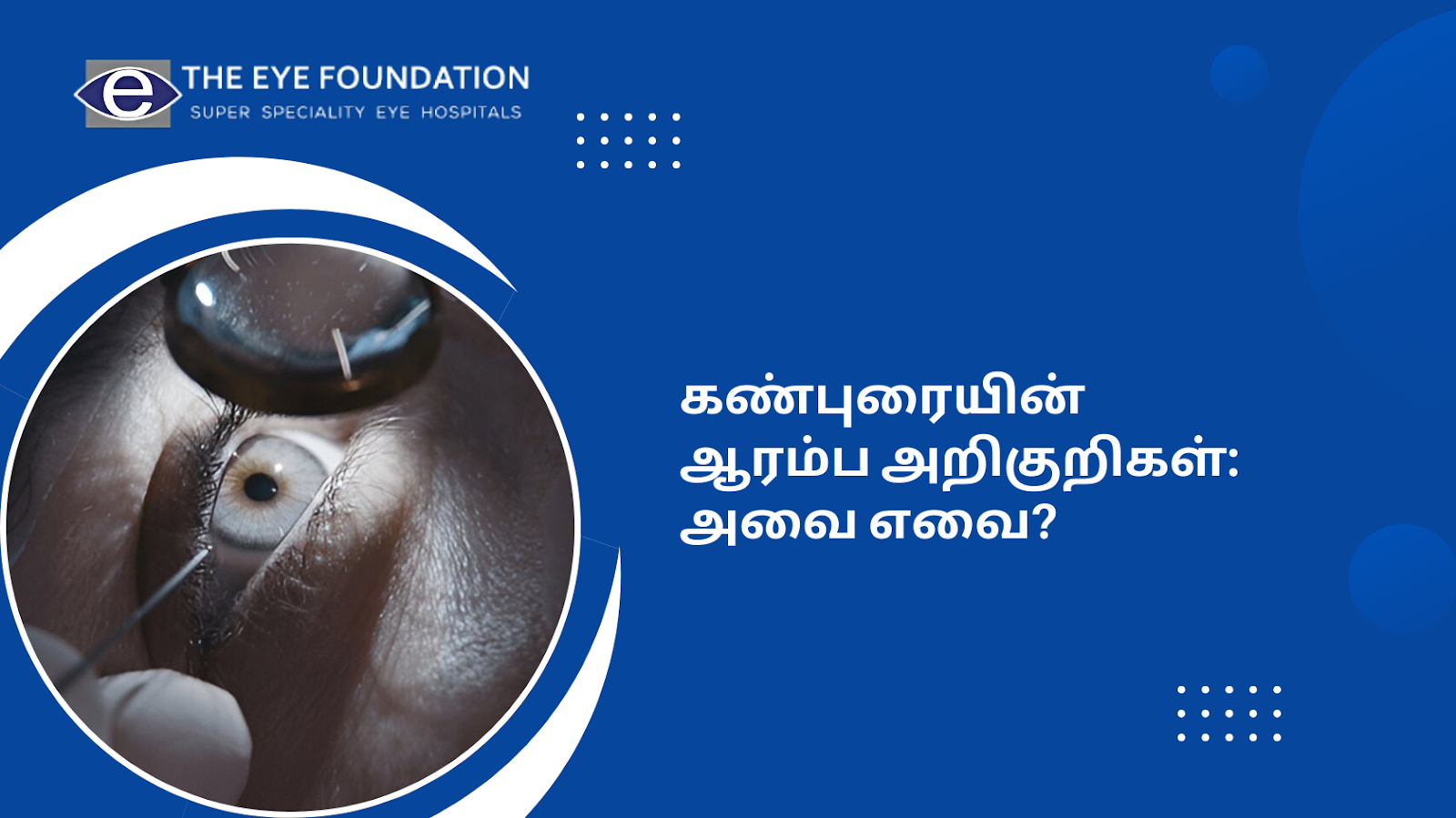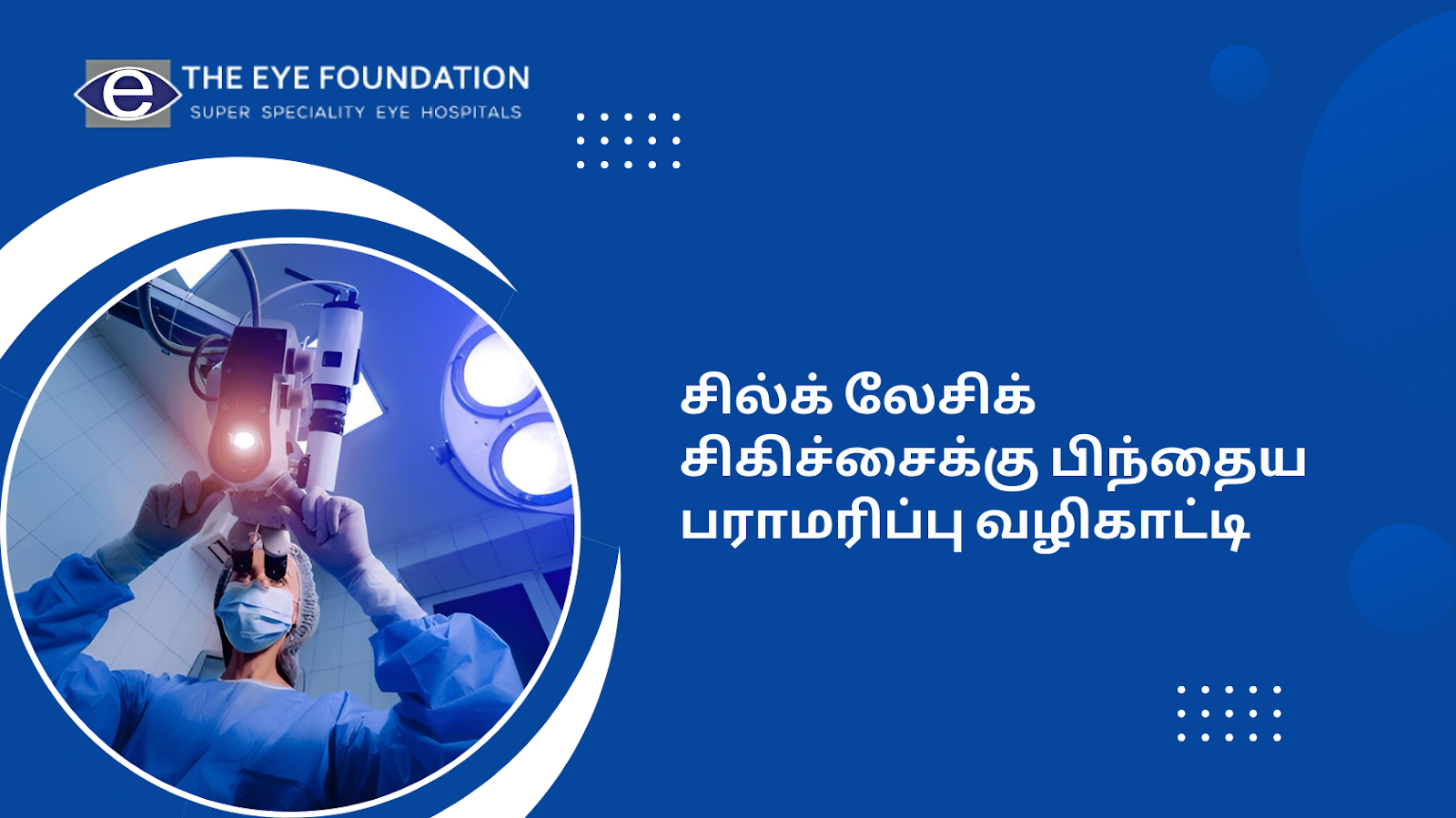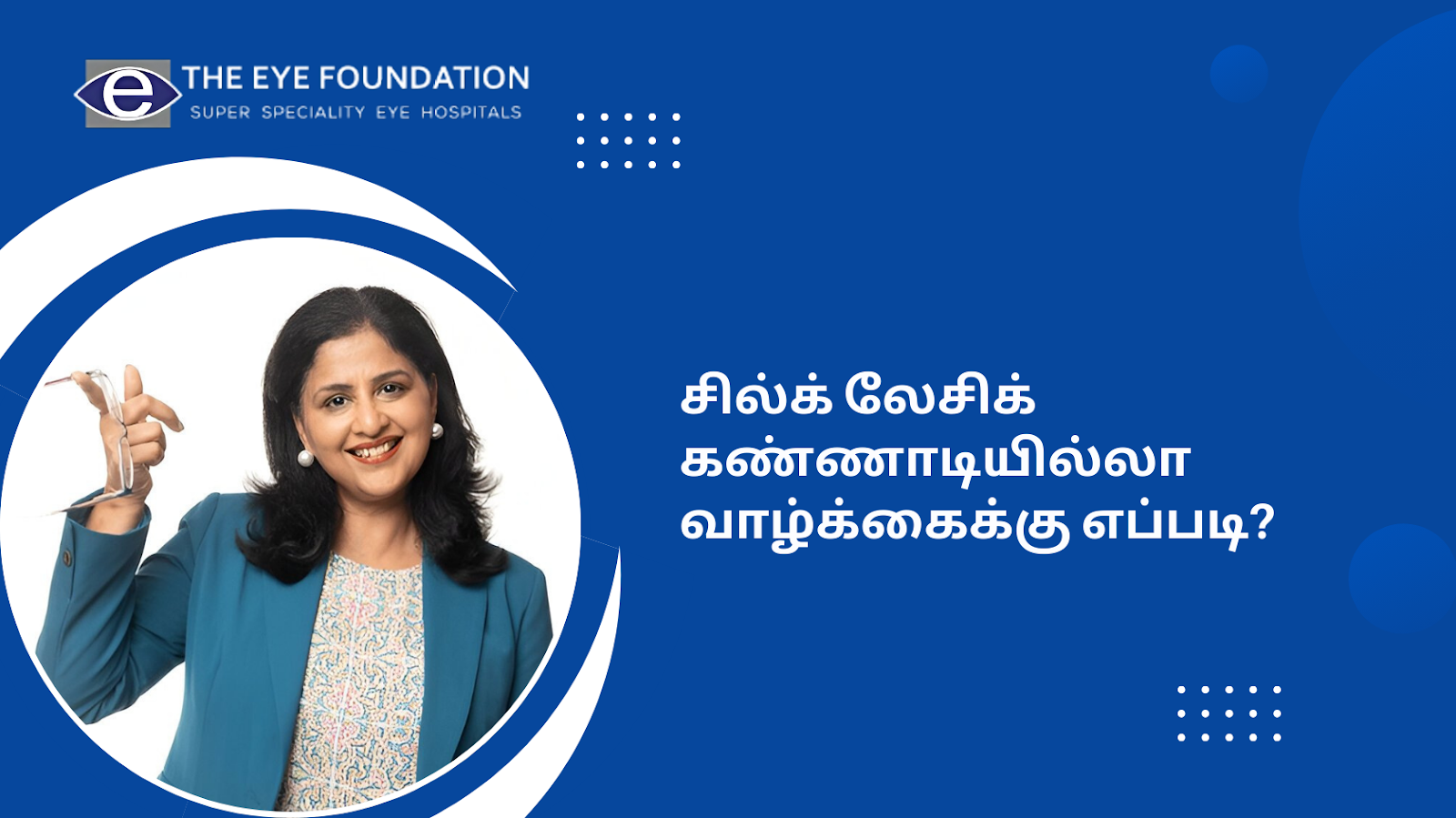Stereo vision, the perception of the environment in three dimensions, is a critical factor in the ways that people engage with the world. It helps us to assess the distances and avoid objects and do other activities with ease. However, for some, depth perception problems affect these basic functions thereby complicating the movement, coordination, and quality of life. Orthoptics, which is a subdiscipline of optometry, is aimed at the treatment of visual alignment and fixation disorders and often results in increased depth perception. But how effective is it? Now let me describe what orthoptics might do for people with depth perception issues and what you can expect from it.
Understanding Depth Perception
Stereo vision is actually a complicated process, mainly concerning how two eyes function. The two eyes take pictures of objects with a small difference and the brain combines these two pictures giving us the sense of depth. This function is useful in all activities ranging from driving to reading. If something is not right, that is, one’s eyes do not see in the same way, the muscles controlling the eyes are weak, or the two eyes are not coordinated, depth perception is affected. The symptoms can be as minor as tripping and falling or poor motor skills and coordination, to serious as judging distances.
What is Orthoptics?
Orthoptics is a subspecialty of optometry that deals with the diagnosis and management of patients with eye movement, alignment and coordination problems. Orthoptic therapy is also known as vision therapy and is usually performed by orthoptists or eye care practitioners who work with patients who require non-surgical vision restoration. Orthoptics employ certain activities and visual training procedures to enable a person to have enhanced control of eye movements, positioning and, therefore, depth perception.
How Orthoptics Targets Depth Perception Issues
Specific orthoptic treatment is given for every patient depending on the specificities of their visual impairment. It begins with an evaluation of how effectively the two eyes function and in order to determine the problem with the perception of depth. Orthoptics is effective in cases such as strabismus, amblyopia, or convergence insufficiency, because it helps to strengthen muscles of the eyes and their coordination. Orthoptics works to teach the brain how to properly control the eyes and with time, the patient’s depth perception may improve.
Integration Methods and Approaches
Orthoptics uses different techniques to improve eye alignment in children and adults. Here are a few commonly used techniques:
- Eye Exercises: These exercises assist in making the eye muscles strong as well as to regulate them. Some of them are, focusing on objects that are nearer and further away, following the movement of an object and shifting from the near object to a distant one.
- Prism Therapy: In some cases, there are other lenses known as prisms that are used in order to teach the eyes how to focus and how to line up properly. The prisms can assist in the enhancement of coordination by slowly changing the way the eyes focus on objects.
- Computerized Visual Training: Most contemporary orthoptists employ software to model depth and spatial activities and thus offer patients with more fun ways to enhance their depth perception.
Depending on the requirements of a particular client, each of the approaches may be different and many clients notice the improvement after several months of constant training.
Conditions That May Benefit from Orthoptic Treatment
Orthoptics can be beneficial for a variety of conditions affecting depth perception, including:
- Strabismus (Crossed Eyes): Misalignment can cause problems in depth perception because the brain gets two different images from each eye.
- Amblyopia (Lazy Eye): A weaker eye can affect depth perception but orthoptics can strengthen the eye and its functions.
- Convergence Insufficiency: Problems in the ability to see nearby objects may hinder reading and detailed work; orthoptics will assist the eyes to better coordinate their movements.
Evidence and Studies on Orthoptics and Depth Perception
The current literature shows that orthoptic therapy is beneficial in the treatment of visual coordination disorders. Research has indicated that patients that have undergone orthoptic treatment gains eye alignment and control of eye movements which in turn affect depth perception. For instance, children and adults, who have convergence insufficiency and have difficulties with reading, can benefit from orthoptic therapy. These enhancements underscore the fact that orthoptics is a viable treatment solution for depth perception disorders, including amblyopia and strabismus.
Benefits and Limitations of Orthoptics in Improving Depth Perception
Despite the potential advantages that orthoptics has to bring, it is not a panacea. Here’s a quick look at some of its advantages and limitations:
- Benefits: Orthoptics is painless and can be tailored to different vision problems. It is favored by children especially because it does not require surgery and has rather mild approaches.
- Limitations: Orthoptics take time and the outcome depends on the depth perception problem and the level of commitment by the patient in doing exercises. Further, in some certain extreme cases, a person might require surgery or any other medical procedure to get the best results.
Alternative Approaches for Depth Perception Improvement
For those seeking alternatives to orthoptics, several other methods can support or enhance depth perception:
- Prescription Glasses or Contact Lenses: Glasses can enhance the vision and diminish the fatigue, which in turn enhances depth perception.
- Surgical Interventions: Eye muscle surgery may be suggested if the misalignment is severe. Eye surgery can also be used to bring the eyes into better focus thus improving depth perception.
When to Consult an Eye Specialist
In case you are experiencing some difficulties in depth perception or any of your family members, it is recommended to visit an ophthalmologist. An eye check can also determine whether orthoptics or another treatment is the right one for the patient. Remember that the earlier the treatment is started, the better the outcome is usually, especially if a child is young and experiences problems with school or sports because of the lack of depth perception.
Judging depth is important in everyday life, and for most of the individuals with the disorder, orthoptics is a helpful remedy. Orthoptics can help to solve certain visual dysfunctions with the help of individual exercises and treatments that gradually improve eye coordination and spatial orientation. For all the patients who experience difficulties with depth perception, orthoptics is indeed a non-surgical and efficient way.
So if you are willing to know how orthoptics can make a difference in your life, The Eye Foundation is at your service. Don’t wait, make your appointment today and be on your way to better vision and eye coordination.






